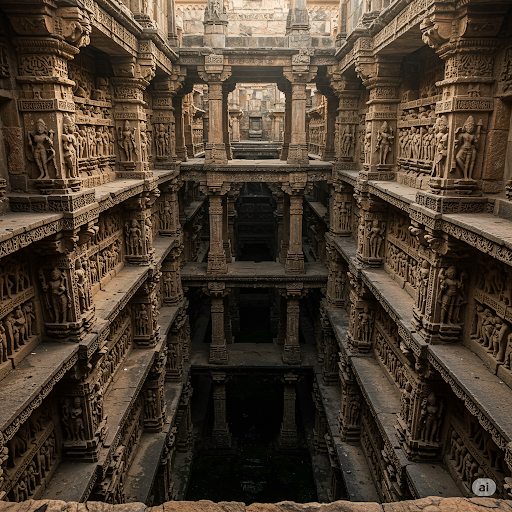🏛️ Statue of Unity – The World’s Tallest Statue

A Tribute to Sardar Vallabhbhai Patel, India’s Iron Man 📍 Overview & Key Facts – Statue of Unity: 📌 Location: Sadhu Bet Island, Kevadia, Gujarat, India 📏 Height: Statue: 182 meters With Base: 240 meters 🌍 Status: World’s tallest statue (since 2018) 🧍 Dedicated To: Sardar Vallabhbhai Patel (1875–1950), India’s Iron Man 🎨 Sculptor: Ram V. Sutar , Padma Bhushan awardee 💰 Construction Cost: ₹2,989 crore (~ $422 million ) 🎉 Opened On: 31 October 2018 (143rd birth anniversary of Patel) 👥 Visitors (2023): Over 6 million annually 🌐 Official Website: https://statueofunity.gov.in 🏗️ Engineering & Design: ⚙️ Structural Marvel: Designed to withstand 180 km/h winds and earthquakes of magnitude 6.5 . Materials Used: Bronze Cladding: 1,850 tonnes (cast in China). Steel Reinforcement: 18,500 tonnes. Concrete: 210,000 m³. Key Engineering Features: Two Tuned Mass Dampers of 250 tonnes each. Slenderness...





